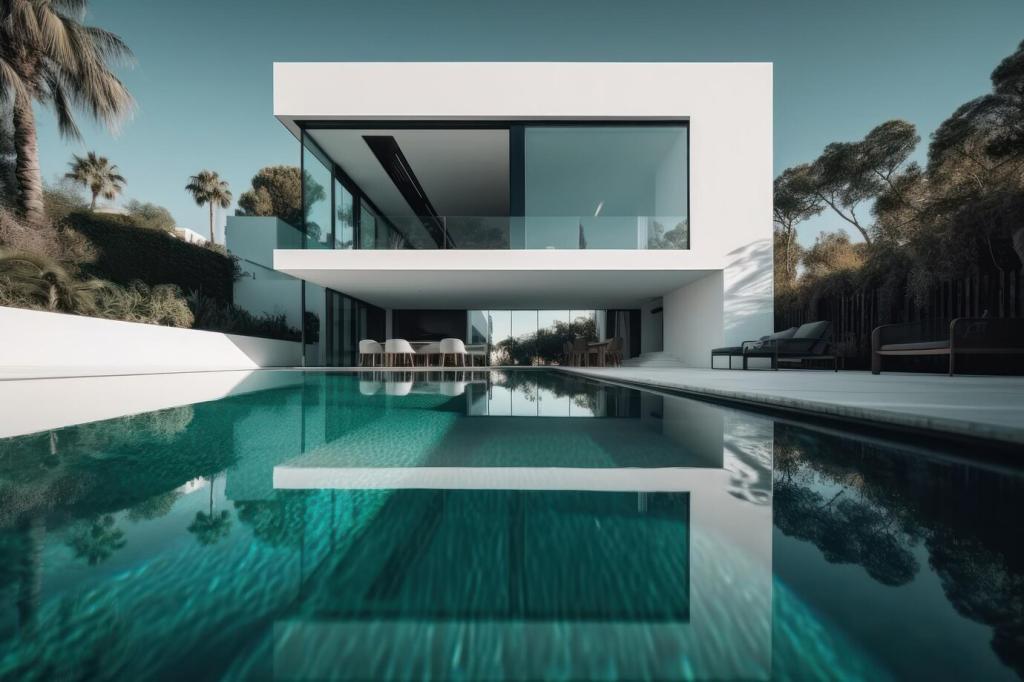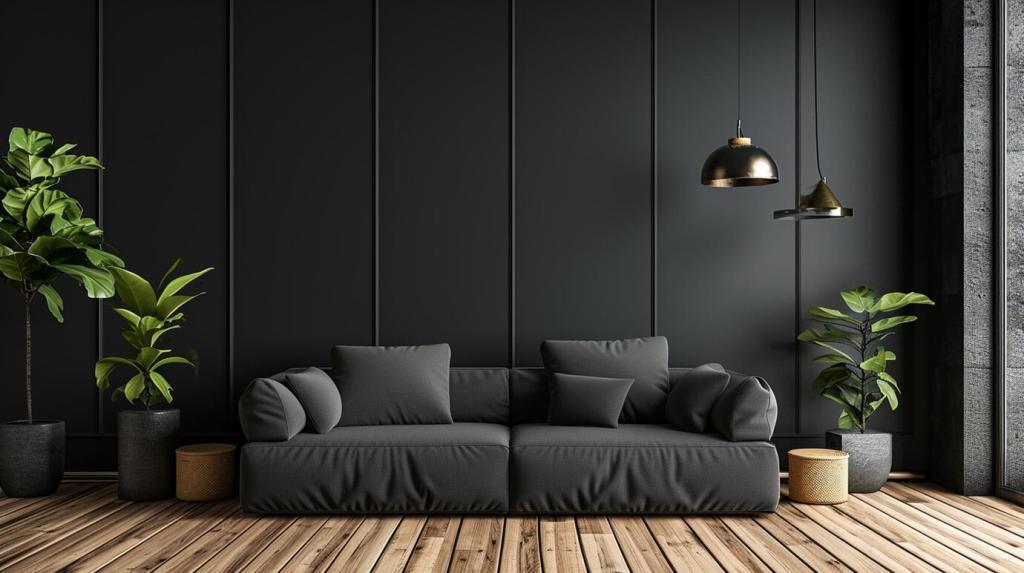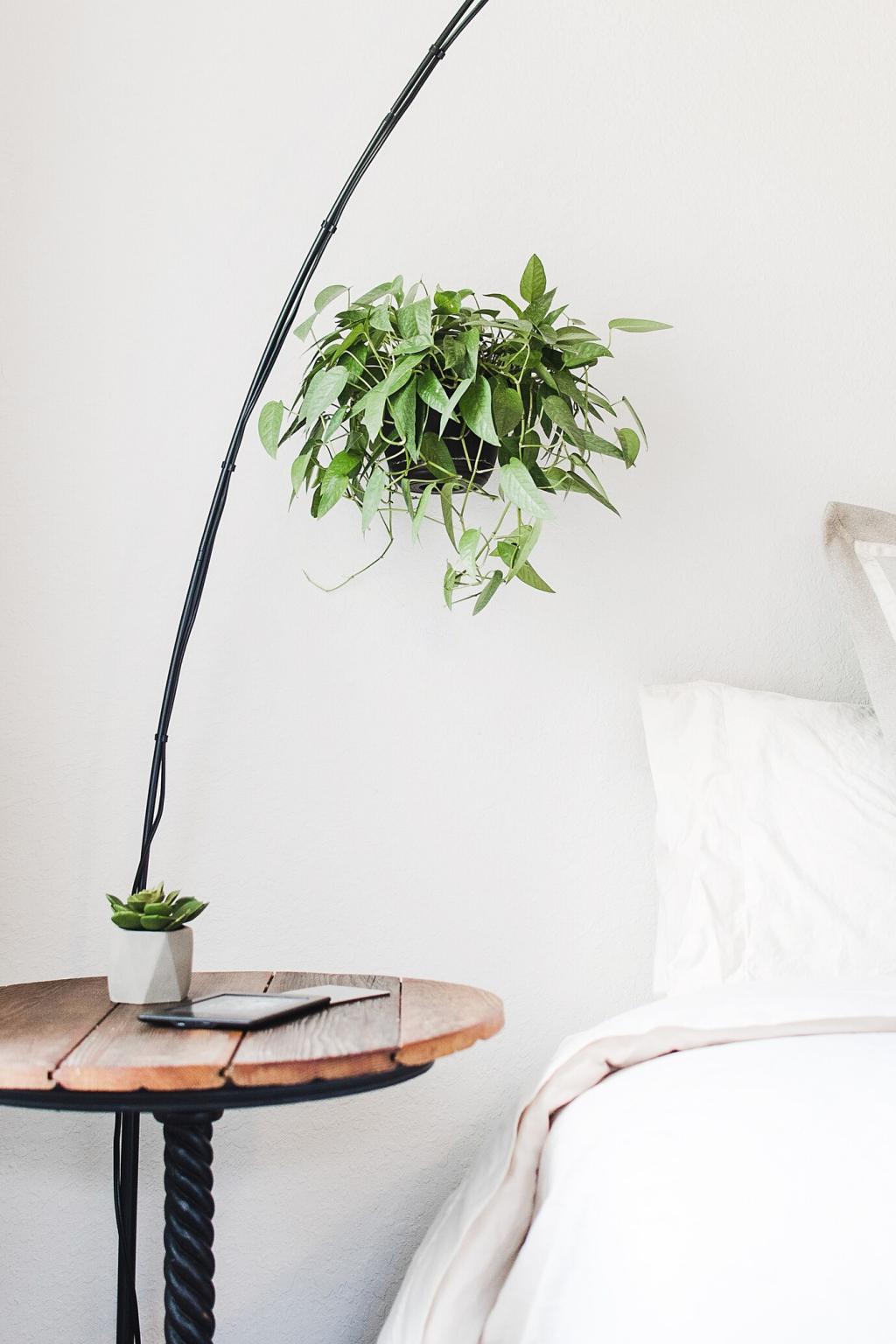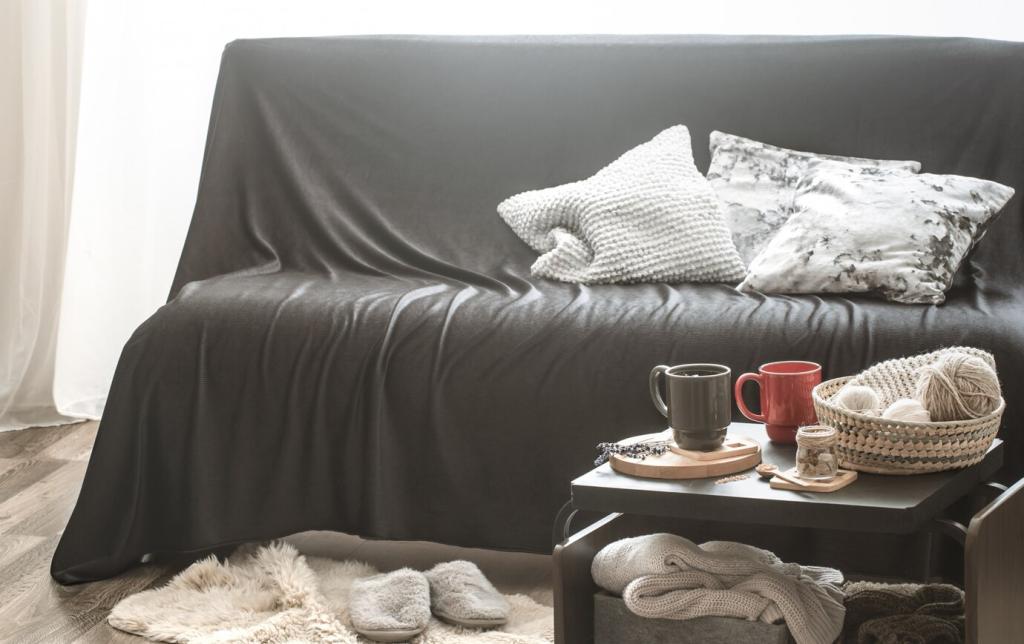Principles of Balance in Minimalist Upholstery
Balance begins with proportion. Choose sofas and chairs whose silhouettes feel light, with clean lines and slim profiles, allowing negative space to breathe between elements, so each upholstered piece contributes calm rather than crowding your room.
Principles of Balance in Minimalist Upholstery
Open, elevated legs make upholstery feel airy; plinth bases read heavier. Use materials wisely: pale oak softens presence, black steel grounds. Ask yourself which view matters most, and distribute weight accordingly to achieve equilibrium throughout daily use.
Principles of Balance in Minimalist Upholstery
Minimalist upholstery thrives on restrained color yet tactile depth. Combine flax linen, wool felt, and subtle bouclé to catch light gently. Quiet contrast prevents monotony, letting serenity coexist with interest. Share your favorite calm fabric trio in the comments.




